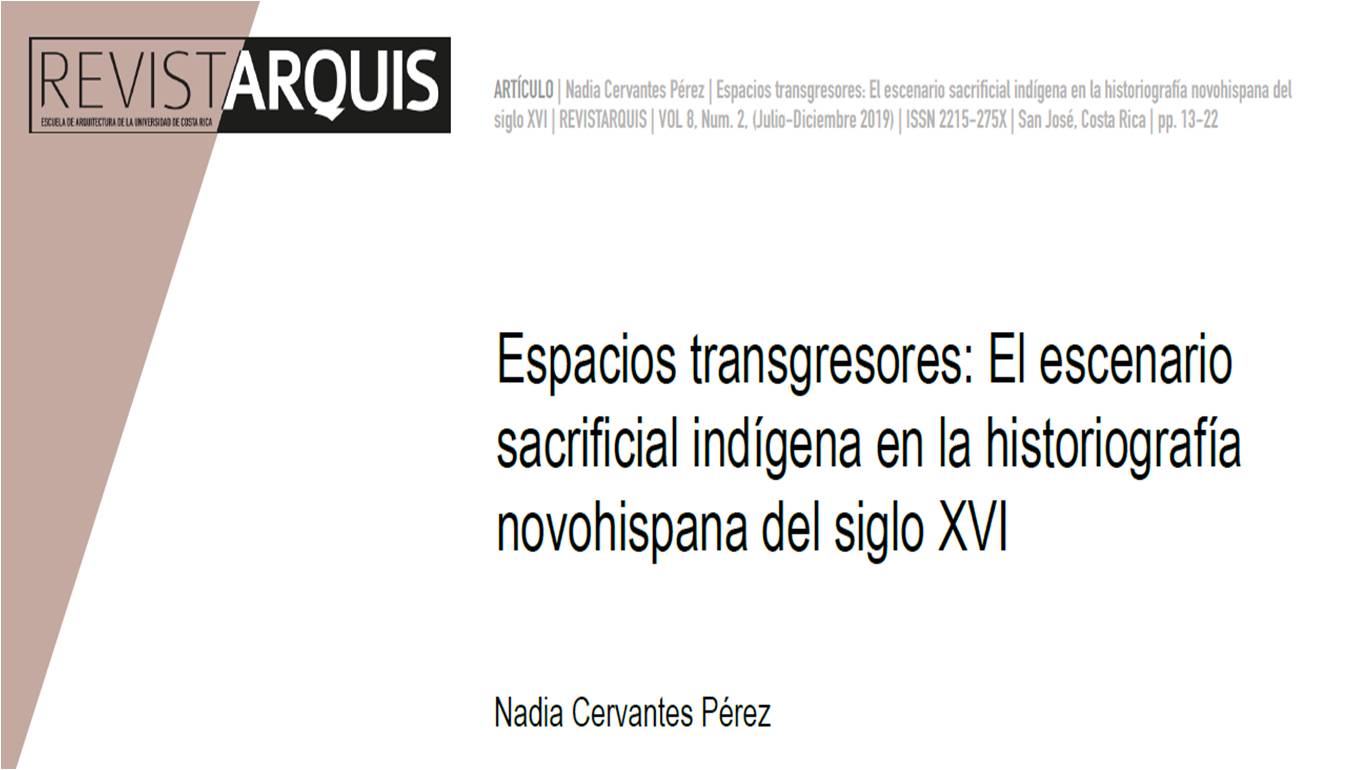Abstract
One notable aspect of Mexico’s colonial historiography is its discursive richness in regards to Indigenous sacrificial rites. These rituals enthused the European imagination and were used to articulate a variety of arguments concerning the evangelization, conquest, and colonization of the New World. If, on one hand, Europeans considered the New World as a lost paradise; on the other, Indigenous sacred space was represented in numerous texts as an infernal space of transgression and idolatry. This article expands on the paradise-hell dichotomy by explaining the various ways in which individuals envisioned ritualistic spaces of the Mesoamerican world during the 16th century. Specifically, I analyze how European and Indigenous individuals articulate three paradigmatic sacred places: the Island of Sacrifices, the ceremonial spaces in Tlaxcala, and the Templo Mayor of Tenochtitlan. While the representation of Indigenous ritual space in Oviedo’s Historia General is shaped as a transgressive space, I argue that texts with an evangelizing aim, like Motolinía’s account, present an ambivalence
vis-à-vis Western culture as they point to oppositions as well as parallels in relation to Nahua religion. Finally, I explain that the textual representation of sacred spaces by the Indigenous chronicler, Hernando Alvarado Tezozomoc, significantly differs from the European accounts, given that sacrificial space is articulated as the locus of Mexican identity and memory.

